The Unruly Womb in Early Modern Drama
LATE TUDOR AND STUART DRAMA:
GENDER, PERFORMANCE, AND MATERIAL CULTURE
Series Editors :
Cristina Len Alfar
Hunter College, CUNY
Helen Ostovich
McMaster University
See our website for further information on this series and its publications.
Medieval Institute Publications is a program of The Medieval Institutes, College of Arts and Sciences

WESTERN MICHIGAN UNIVERSITY
Copyright 2019 Walter de Gruyter GmbH, Berlin/Boston
Library of Congress Cataloging-in-Publication Data
are available from the Library of Congress
ISBN 9781580443708
eISBN 9781580443715
All rights reserved. Without limiting the rights under copyright reserved above, no part of this book may be reproduced, stored in, or introduced into a retrieval system, or transmitted, in any form, or by any means (electronic, mechanical, photocopying, recording or otherwise) without the written permission of both the copyright owner and the author of the book.
Figures
2.Title page to Edward Jorden, A Disease Called the Suffocation of the Mother , 1603.
Wellcome Collection.
3.Jan Steen, The Doctors Visit , ca. 16631665.
Philadelphia Museum of Art, John G. Johnson Collection,
Object Number Cat. 510.
4.Engraving of Amazonian Warrior Women in de Brys
India Orientalis series, 1598
. British Library, London, UK/Bridgeman Images.
Acknowledgments
T HE ORIGINS OF THIS book go back nearly two decades to an invitation from the Centre for Reformation and Renaissance Studies at Victoria University in the University of Toronto, to present a paper on green sickness in Romeo and Juliet at the Premodern Teenager Conference, Toronto, 1999. This opportunity, together with the support of Konrad Eisenbichler, editor of the subsequent proceedings, The Premodern Teenager (2002), encouraged me to delve further into Renaissance medicine and female biology as represented on the stage. Over the following years my research into popular medicine and the pubescent female body has expanded well beyond its early parameters of medical texts and dramatic literature, to include a wide range of source materials such as conduct books, Tudor grammar school exercises, historiographies, devotional texts, sermons, witchcraft, and demonic possession (with special thanks to Judith Bonzol) and even moving into the modern field of eating disorders in young women in collaboration with Emeritus Professor Roger Bartrop, Daniel Akrawi, and Professor Stephen Touyz in the Clinical Psychology unit at the University of Sydney. None of this research could have been undertaken without the constant and generous backing of the academic and support staff in the English Department at the University of Sydney, to whom I am truly indebted, and also the sponsorship of the Australian Research Council Centre of Excellence for the History of Emotions, which generously funded opportunities to present aspects of the research of past years. I am indebted to the organizers of The Australia and New Zealand Shakespeare Association (ANZSA) for providing multiple opportunities to share and expand my research in a stimulating environment, as I am to the community of talented medievalists and early modernists, too numerous to mention, who produce truly outstanding research in our two countries. Special thanks are due to Sara Crouch, research assistant, for the sheer breadth of the drama covered in the book and to Tobin Miles for handling the stylistic technicalities of preparing the final manuscript. To all the members of my family, young and old, who have lived with my fascination with green sickness and unruly wombs for so many years, thank you for being so loyally by my side throughout it all.
Ursula A. Potter Honorary Research Associate, University of Sydney
Honorary Associate Investigator, Centre of
Excellence for the History of Emotions

Figure 1. Jan Steen , The Doctors Visit , ca. 16681670. Mauritshuis, The Hague.
Introduction
T HE PURPOSE OF DRAMA is to entertain and inform, and the purpose of this study of unruly wombs in early modern drama is likewise to entertain and inform. It is intended to serve as an accessible and thought-provoking introduction to womens health as it was portrayed on the early modern stage. All the plays discussed here, with one exception, were written and performed by men and boys so the perspectives we glean from them are necessarily filtered through male perceptions,
How did dramatists represent something so private and hidden, and yet often so integral to the plot, as a womb on stage? They employed a system of coding for sexual status through visual or verbal props (discussed in detail below), all of which would have been recognizable to an early modern audience but which have lost meaning over time. As will become evident, womens uterine health featured with increasing frequency in early seventeenth-century drama, only a fraction of which is considered here, and there remains a wealth of dramatic material yet to be analyzed, as indicated by the appendix which lists some fifty plays for further research. This study commences with the rise of green sickness, the disease of virgins, from its earliest reference in drama in the 1560s and traces a continuing fascination with womens biology through evidence culled from a large number of plays through to the 1640s.
Two historical events lay behind this surge of interest in womens biology in Elizabethan drama. Sex and virginity had ever been core literary themes, but this new attention to the womb as the controlling source of womens health and behavior may be attributed to a conflation of two significant historical developments in mid-sixteenth-century England. The first is the rise of physicians practicing in the field of womens health and their particular preoccupation with the disease of virgins, known as green sickness, as documented by Helen King in her impressive medical history of the disease
Such biblical assertions gained traction in printed tracts and sermons in English, thus bringing the womb into disrepute. One of the most startling images drawn from the Bible is that of the insatiable womb found The men who espoused such opinions were usually well-educated men, often scholars, with strong religious convictions who put their views in print.
One of the most influential authors on religion and female sexuality in the late sixteenth century was the eminent Spanish humanist Juan Luis Vives, whose conduct book for the education of daughters, The Education of a Christian Woman , is underpinned by his total faith in chastity as the highest virtue in women and his fear of female sexuality. Written in Latin for Catherine of Aragons daughter and translated into English in 1523, it went far in propagating Vivess educational ideas in England, becoming the most popular conduct book for women during the Tudor period and beyond. The Instruction went through nine known editions, the last two (1585 and 1595) coming from the press of Puritan printers. Yet The Instruction enjoyed enormous popularity in England and became the prototype for various conduct books for women in the Tudor period, including Philip Stubbess Anatomie of Abuses (1583), Edward Hakes A Touchstone for this time present (1574), and Robert Cleavers A Godly Forme of Householde Governement (1598).




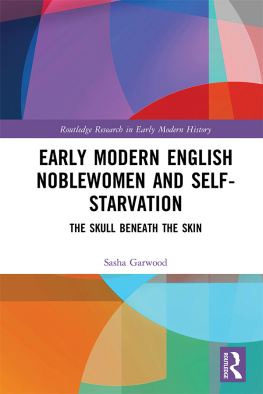
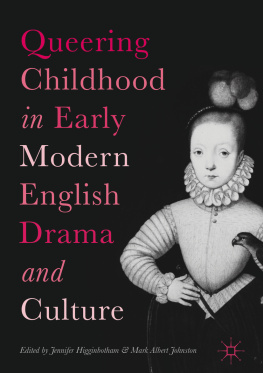

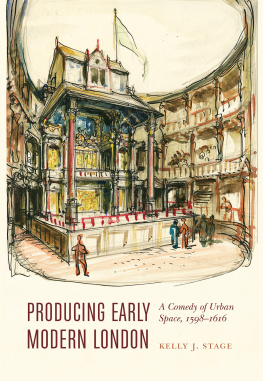
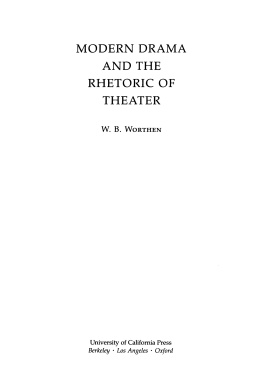
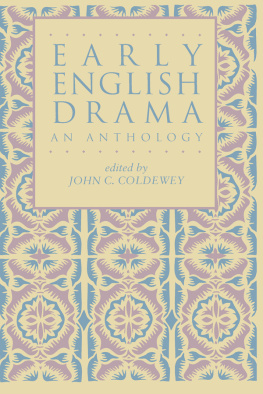
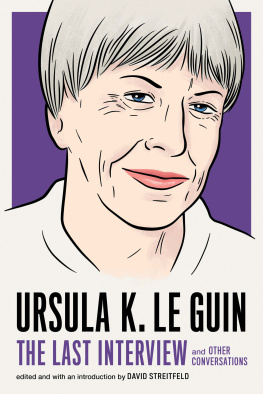
 WESTERN MICHIGAN UNIVERSITY
WESTERN MICHIGAN UNIVERSITY
 Figure 1. Jan Steen , The Doctors Visit , ca. 16681670. Mauritshuis, The Hague.
Figure 1. Jan Steen , The Doctors Visit , ca. 16681670. Mauritshuis, The Hague.